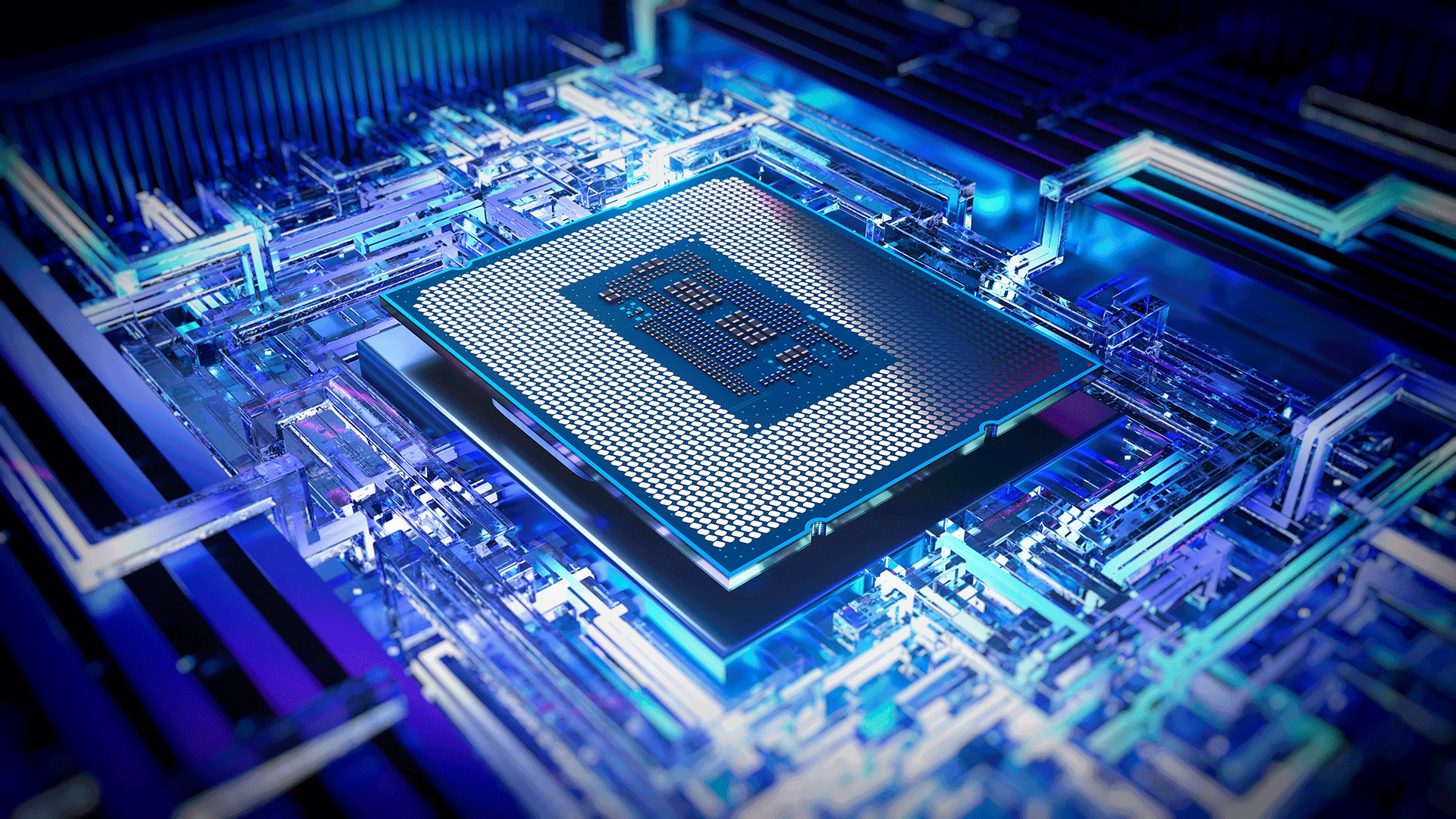 INFRA
INFRA
 INFRA
INFRA
 INFRA
INFRA
Still stinging from the competitive beating it took last year from rival Advanced Micro Devices Inc., Intel Corp. today is rolling out a new version of its business-focused vPro personal computer hardware platform today with an emphasis on security, energy efficiency and performance.
Intel said it has built dozens of security capabilities into the silicon of the chipset, which is based on its 13th Gen Core processors. The new vPros have a 70% smaller attack surface and tighter integration with operating systems and security software than the chipsets of just four years ago.
Executives said Intel has worked closely with Microsoft Corp. on virtualization-based security within the Windows environment as well as with CrowdStrike Holdings Inc. to improve the efficacy of Intel Threat Detection technology, particularly against ransomware and software supply chain attacks. The company claims its latest technology is 93% effective in detecting ransomware and can also detect many types of zero-day attacks, those that have never been seen before.
The company said an analysis by International Data Corp. found that the new vPro provides a 26% lower risk of major security breaches versus competitive processors. “Dozens of security capabilities deep in the silicon are working together for an attack surface reduction,” said Stephanie Hallford, vice president and general manager of Intel’s commercial client division.
“Security right now is the primary reason to refresh,” said Michael Nordquist, vice president and general manager of commercial client planning and architecture at Intel. The security features the company has implemented in partnership with Microsoft “are not realized on older PCs, certainly not in the eighth or ninth generation. Refresh is no longer a luxury; it’s a requirement.”
Nordquist cited return-oriented programming — a code reuse attack that chains together short snippets of existing code to perform arbitrary operations on target machines — as an example of a threat that can’t be solved by software alone. “So much of the security space has been around detection, but if you’re not doing anything on the prevention side it’s always going to be a losing battle,” he said. Intel has been tightening access to the BIOS and firmware, enabled virtualization by default and improved integrity checks between the hardware and operating system to protect against low-level attacks.
For the past four years it has also been working on offloading some security tasks to on-chip graphics processing units and applying machine learning to telemetry data, Nordquist said.
“We realized we could use some of the telemetry on our CPUs to detect certain types of attacks,” he said. “We’re providing the telemetry and the machine learning and then licensing the ability for independent software vendors to write to that machine learning if they want to.”
Both the Enterprise and Essentials versions of the vPro platform support Intel Hardware Shield, which is a suite of security technologies that protect the entire computing stack by working in concert with antivirus software to intercept threats and block memory safety attacks. It also protects below-the-operating-system operations such as system management mode, boot code and firmware.
Users running Windows 11 may also protect themselves against the growing scourge of in-memory attacks by encrypting selected virtualized operations executing in memory. VPro will also support kernel protections for Windows virtualization-based security in a future release of the operating system.
The new vPro platform also uses a hybrid architecture with two types of cores: one for performance and the other for energy efficiency. Its Thread Director assigns tasks to the appropriate so-called P-cores or E-cores based on optimal runtime guidance from the operating system. Dynamic Tuning manages clock frequencies for both core types based on operating conditions and system design parameters. It can also turn off unused cores to save power.
Nordquist brushed aside claims by AMD that it is now the leader in core density with a work-smarter-not-harder defense. “You’re not going to throw a 64-core system into a thin-and-light” notebook, he said. “The hybrid architecture allows us to shift workloads to where you want to run them. You don’t want the cores unless you need them.”
The result, Intel said, is up to 65% faster performance of Windows applications compared to a three-year-old desktop PC and up to 230% faster performance compared to a three-year-old mobile PC. The company cited IDC research that found that the five-year cost of operations of a PC equipped with the new vPro processors is 14% less than that of its predecessor.
For edge processing, the platform provides built-in Wi-Fi 6E support and remote manageability features such as the ability to update the BIOS even if a device is turned off. Support for Thunderbolt 4 docking lets mobile users connect peripherals via a single cable and supports out-of-band management of vPro-based notebooks.
Virtual meetings are now commonplace, so Intel has also built some collaboration-friendly features in the chipset including support for full high-definition video and intelligent facial tracking with noise suppression and background blur support.
Today’s announcement is expected to be accompanied by a raft of related announcements from original equipment manufacturers. About 100 new system designs will be launching in the next quarter and 170 vPro/13th Gen-based devices are expected to roll out during 2023, Nordquist said.
Like its predecessors, the new vPros are covered by Intel’s Stable IT Platform Program which is intended to minimize disruptions by validating its platform for both Windows 10 and Windows 11 while delivering patches and updates at a slower pace than that of consumer processors.
Support our mission to keep content open and free by engaging with theCUBE community. Join theCUBE’s Alumni Trust Network, where technology leaders connect, share intelligence and create opportunities.
Founded by tech visionaries John Furrier and Dave Vellante, SiliconANGLE Media has built a dynamic ecosystem of industry-leading digital media brands that reach 15+ million elite tech professionals. Our new proprietary theCUBE AI Video Cloud is breaking ground in audience interaction, leveraging theCUBEai.com neural network to help technology companies make data-driven decisions and stay at the forefront of industry conversations.